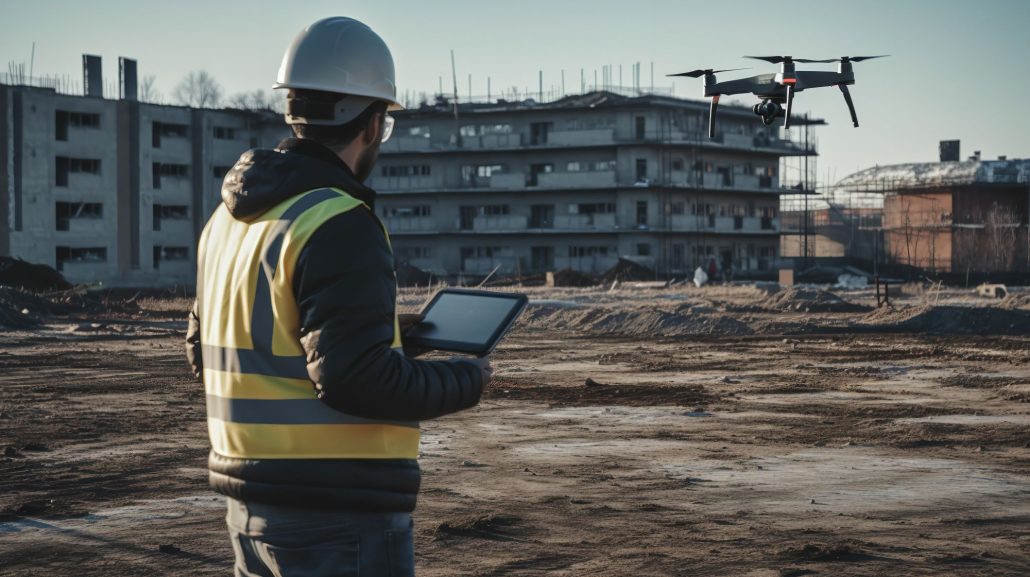Mastering the Art of Project Management

The Importance of Effective Communication in Project Management
Effective communication is the backbone of successful project management. Without clear and concise communication, projects can easily derail, leading to missed deadlines, budget overruns, and frustrated team members. Mastering the art of communication in project management involves not only conveying information accurately but also ensuring that all stakeholders are on the same page.
One key aspect of communication in project management is active listening. This involves not only hearing what others have to say but also understanding their perspective and asking clarifying questions when needed. By actively listening to team members, clients, and other stakeholders, project managers can ensure that everyone feels heard and valued, leading to a more collaborative and cohesive working environment. Additionally, utilizing various communication channels such as face-to-face meetings, emails, and project management tools can help ensure that information is shared efficiently and effectively.
Maximizing Team Collaboration for Project Success
Ensuring effective team collaboration is key to the success of any project. By maximizing team collaboration, project managers can increase productivity, boost creativity, and achieve better results. One way to enhance team collaboration is by utilizing collaborative tools such as project management software, communication platforms, and file-sharing systems. These tools can help team members stay organized, communicate effectively, and work together seamlessly.
Another strategy for maximizing team collaboration is to encourage open communication and feedback among team members. By fostering a culture of transparency and trust, team members will feel more comfortable sharing ideas, addressing issues, and working together towards a common goal. Additionally, establishing clear goals and expectations for each team member, and providing regular feedback and recognition for their contributions, can further boost team collaboration and morale.
Utilizing Technology to Streamline Project Processes
Technology has revolutionized the way project management is conducted, offering a plethora of tools and software to streamline processes and enhance efficiency. By utilizing innovative technologies, project managers can effectively plan, execute, and monitor projects with ease. Project management software such as Trello, Asana, and Microsoft Project can help teams collaborate, assign tasks, set deadlines, and track progress in real-time. These tools provide a centralized platform for communication and project documentation, ensuring that all team members are on the same page.
In addition to project management software, collaboration tools like Slack and Microsoft Teams enable seamless communication among team members, regardless of their physical location. Virtual meetings and conferences can be easily conducted through video conferencing platforms like Zoom and Skype, eliminating the need for in-person meetings and saving time and resources. By leveraging technology, project managers can optimize their workflows, minimize errors, and deliver projects on time and within budget.
Implementing Agile Methodologies for Flexibility and Adaptability
Implementing Agile Methodologies within project management has become essential in today’s fast-paced business environment. By adopting Agile practices, teams can achieve greater flexibility and adaptability, allowing them to respond quickly to changing requirements and market conditions.
One key aspect of Agile is its emphasis on collaboration and iterative development. Through daily stand-up meetings, sprint planning, and retrospectives, teams can continuously improve their processes and deliver high-quality results. By embracing Agile, organizations can foster a culture of innovation and adaptability, ultimately leading to more successful project outcomes.
Final Thoughts…
Mastering the art of project management is a never-ending journey filled with challenges and triumphs. By honing your skills in organization, communication, and leadership, you can navigate the complexities of any project with confidence and ease. Remember, practice makes perfect, so keep pushing yourself to learn and grow in your project management abilities. With determination and dedication, you can become a true master of the art of project management. Good luck on your future projects!




